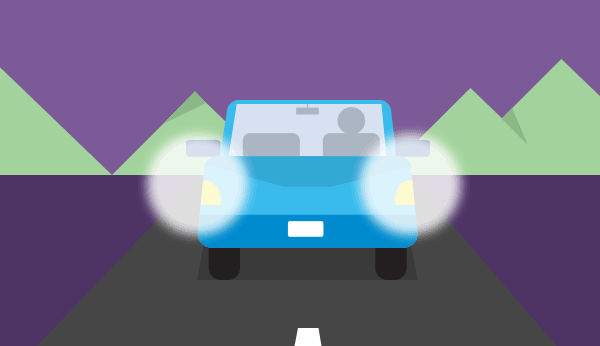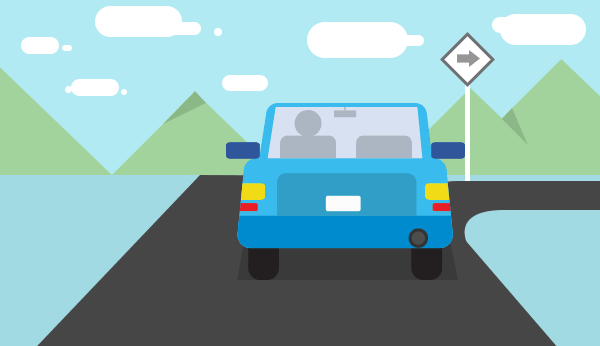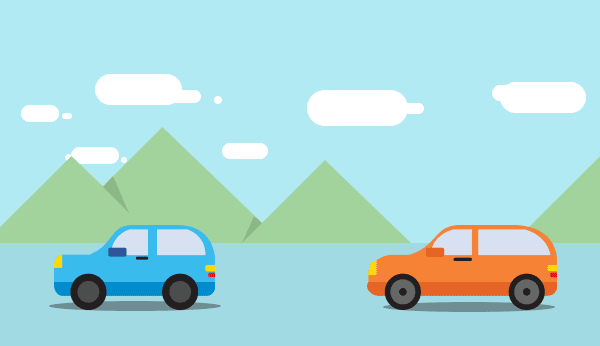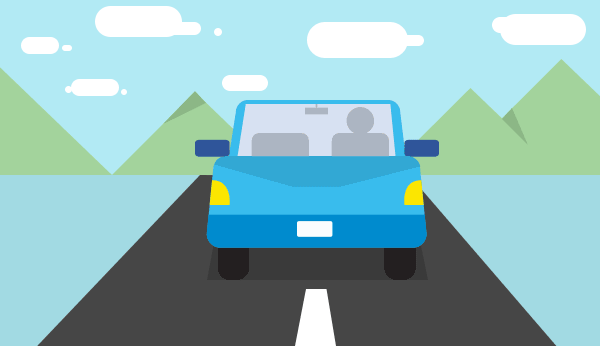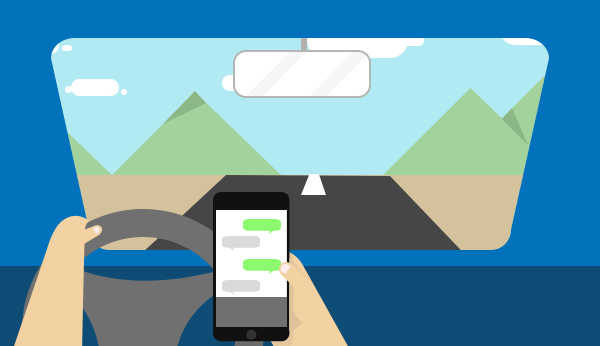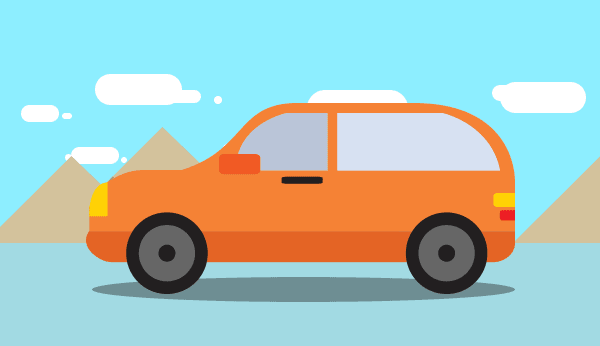8 road etiquette every new car owner should know by heart
These days, owning a car is easy. But having one does not equate to making your own rules on the road. You also have the responsibility to make sure other motorists, pedestrians, and even yourself are kept safe on the road when you’re out driving. So, whether you’re the driver or the passenger, it is imperative that you follow these simple road etiquette for a safe drive, for you, your passengers, and for your shiny new baby.
1.) Use your high beam headlamps only when it is absolutely necessary
High beam (also known as driving or full beam) headlamps, when turned on, give out intense, center-weighted lighting with glare that could temporarily deprive drivers of their sight. Use it only when you’re alone on the road, or during long drives in places that are not well lit and have limited road visibility. So yes, it is quite unnecessary to fire up your high beam in a main thoroughfare such as EDSA because it is relatively well-lit, thanks to the lights illuminating billboard advertisements and the many vehicles traversing it.
2.) Use signals
Ladies and gentlemen: here’s the thing, your fellow drivers are not mind readers. They won’t know whether you’re turning left or right unless you tell them so, so please, PLEASE, make it a habit to use your turn signals. It’s as simple as flicking the lever that operates this, which is located on the left side of your steering wheel. This simple act also pays courtesy to pedestrians and other motorists; it tells them that you are aware of their presence and that you want to alert them of your next move so as to avoid any untoward incidences.
3.) Put a safe distance between you and the vehicle in front of you
You know it’s a serious thing when something already involves science. Did you know that humans have reaction time, or speed with which a person can respond to a certain stimulus? Whenever a person responds to a stimulus—an event that could be seen, felt, or heard—he or she goes through a reaction time. Scientists have found out that people have varied reaction time to various stimuli. An event such as a car abruptly stopping in front of you will have different reaction times depending on the age, alertness, and even gender of a person. This is why we apply a 3-second rule to driving. This simple method allows you to drive at a safe distance away from the vehicle in front of you. To check this, watch the vehicle in front of you pass a signpost or building then count the time it takes for you to reach that landmark. If you count less than 3, you’re too close and may need to back off a little. Reaction times are greatly affected by whether the driver is alert to the need to brake. You might think you have lightning-quick reflexes but the truth is, sometimes your brain may not be able to respond fast enough to allow yourself time to slam on the brakes before hitting the car in front of you. And of course the condition of your car also comes into play. Even in a traffic jam (hello again, EDSA), you should always leave space between you and the vehicle in front of you so that in the event that that car breaks down you still have room to move around.
4.) Don’t use headlight flashing to get ahead of everyone else
Headlight flashing, or optical horn, is the act of quickly switching between high beam and low beam headlight numerous times. It is commonly used to convey a signal or message to other drivers, such as letting others know of car breakdowns or other road hazards. It is also a way of letting other motorists and pedestrians know of your presence. However, these days headlight flashing has gone the way of aggressive driving, with a lot of drivers flashing their headlights to tell other drivers that they do not plan to slow down even if they do not have the right of way. The use of headlight flashing should not lose its original essence, which is to caution other drivers, so please use it appropriately.
5.) Use horns only when necessary
Pinoys are known to honk their horns with great delight. What is normally used as a means to caution motorists and pedestrians of your presence have become ubiquitous to signify others to “give way,” “start moving,” or “get out of my way.” Or worse, “sakay na!” among jeepney drivers. Press on your horns only when there is immediate threat of collision with other vehicles, although you can also give a light tap—a quick beep—to signal drivers who are not paying attention to the changing stoplight, or to signal drivers who are driving too close to you. Be also mindful of the “no horns” sign in areas where silence is greatly observed, such as churches and schools. Most importantly, be reminded that blowing your horns will not clear traffic jams so stop pushing on it every time you are in C5 during rush hour. It just induces road rage among other drivers who are pressured by both the traffic jam AND your incessant beeping.
6.) Use hazard lights appropriately
Hazard lights are flashing indicator lights at the front and back of your vehicle that are turned on when you press the button with the little red triangle sign on your dashboard. Turning on the hazard lights sends out a message to other motorists that you are currently a hazard on the road and must be avoided. This is why you turn this on when your car is broken and is awaiting towing, or when you pull over on the side of the road to change a flat tire or to attend to a very legit emergency that could not wait. It should not be used to warn motorists of your illegal parking on the road—believe me, there are a lot of people who do this, especially those who wait by the ATM or by convenience stores. Nor should you use it when driving in the rain since your fellow motorists won’t be able to tell when you’ll turn left or right—making it more hazardous. Remember, you shouldn’t be parking illegally in the first place.
7.) Don’t text and drive.
Everyone: this is self-explanatory. Don’t even make us show you vehicular accident statistics to back this up. Even worse, don’t play games while driving! Your clans or Kardashian celebrity character can always wait. Trust us.
8.) Don’t flip at people.
No matter whose fault it is, NEVER FLIP AT OTHER DRIVERS while driving or during an altercation. We’ve already seen news about people blowing off and doing more damage because they were shown hostile behaviour by other motorists. Always remember that it is not worth you or your passengers’ lives. If ever you find yourself in a road accident with another vehicle, calmly negotiate and say no to road rage.
***
Drive forth with your own car! Check out the easy way to get funding for a brand new or pre-owned car. Click here for details.
